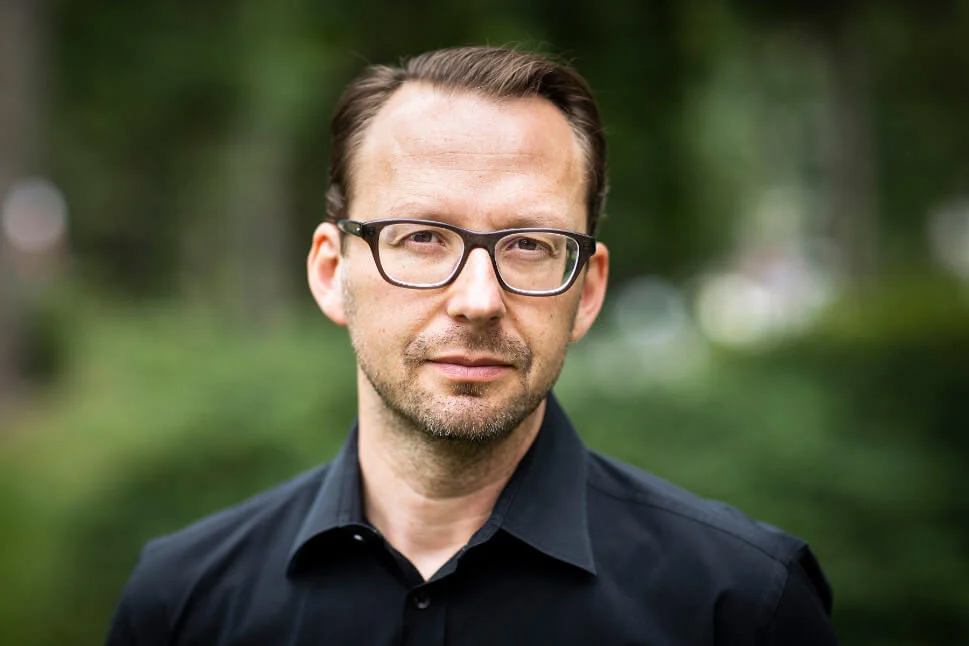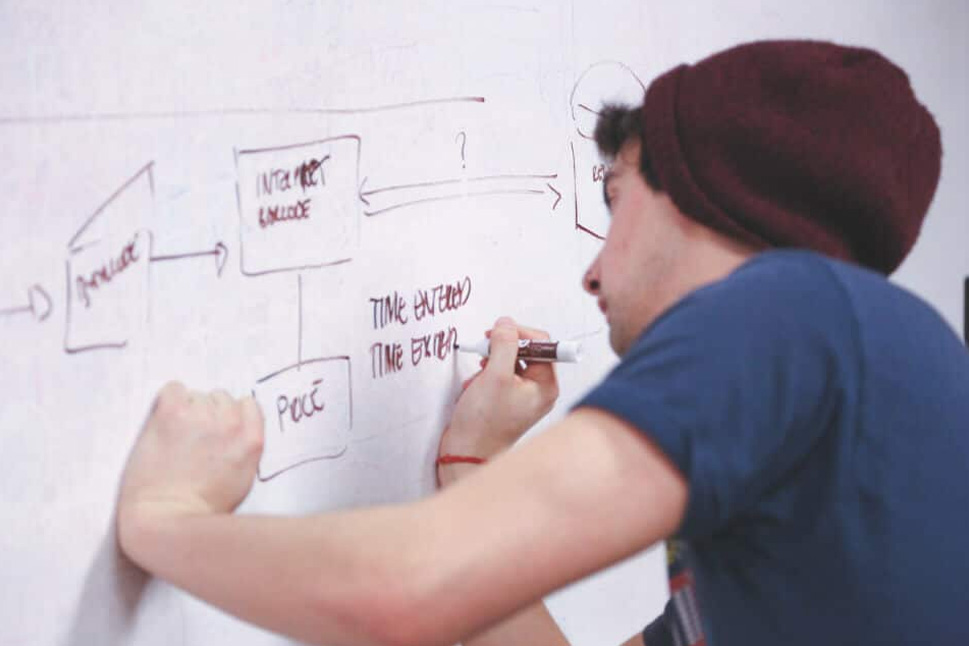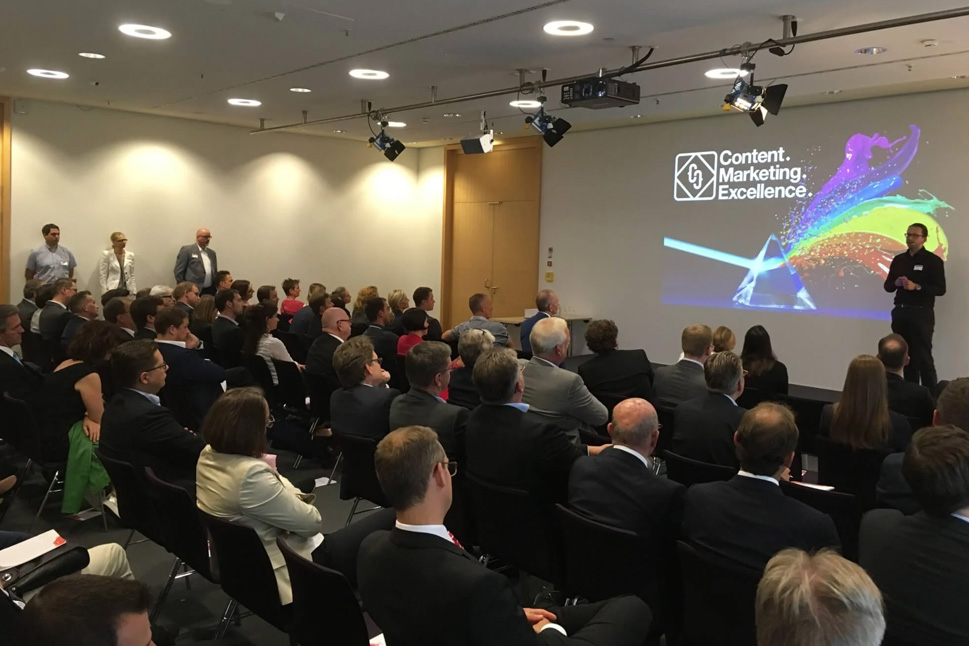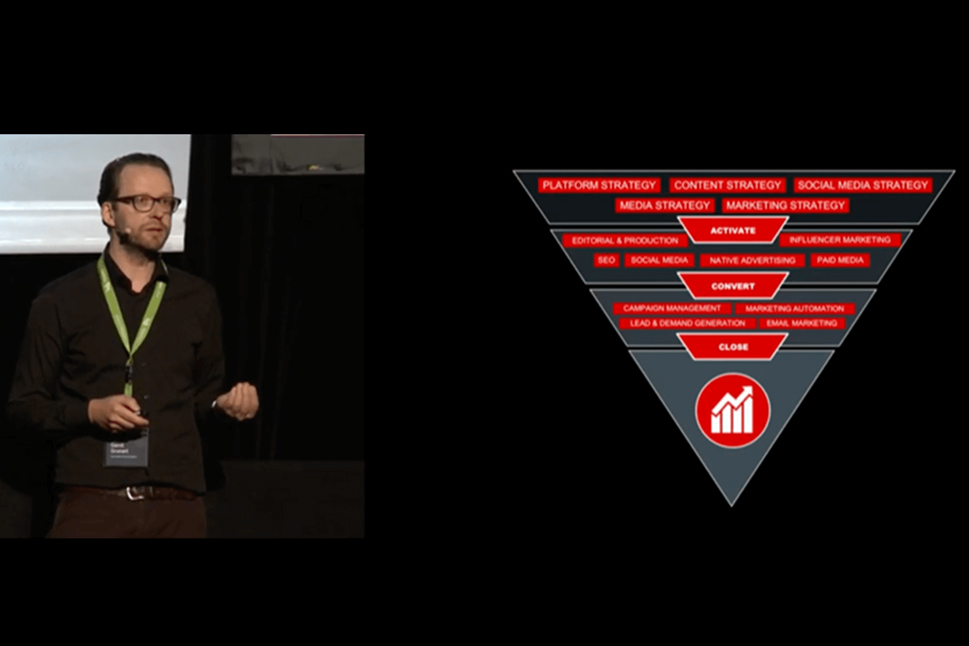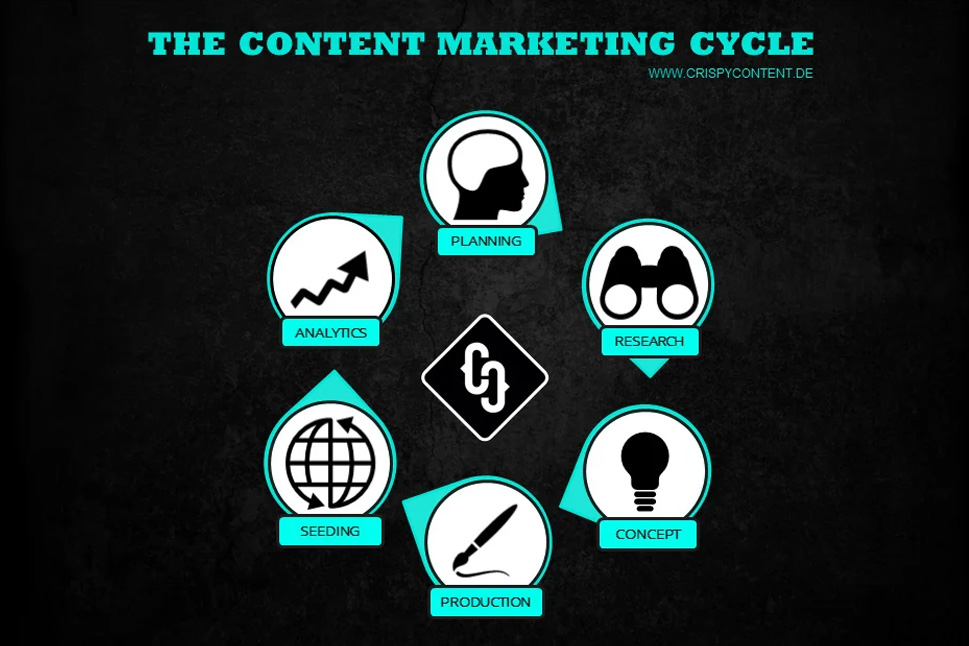1,000 AI Agents And One Employee
Last updated on November 24, 2025 at 06:30 AM.Softbank CEO Masayoshi Son’s prediction of a future where every employee is supported by a thousand AI agents may seem distant, but the pace of technological advancement is accelerating rapidly. Today, many organizations are already experiencing significant changes in their daily operations as digital assistants and automation reshape the workplace. The speed at which technology evolves often outpaces the adaptability of established organizational structures.

Artificial Intelligence and the Transformation of Everyday Work
Companies face the challenge of connecting advanced tech tools with the expertise of their workforce. It is not enough to simply purchase software or implement external solutions. The key question is: Who will build the intellectual and professional bridge between complex technologies—like those found in Github's Python tutorials—and the employees who are expected to use and manage these tools?
Seizing Opportunities and Overcoming Uncertainty
Automation promises increased efficiency and cost savings, but it also raises important questions: How should the collaboration between humans and machines be organized? How can teams with limited budgets and resources keep pace? Who is responsible for integrating new technologies while keeping people at the center of the transformation?
The industry stands at a crossroads. Digital transformation is not a self-driving process; it requires strategic direction. Those who fail to address these challenges risk losing their competitive edge.
Balancing Technological Innovation and Human Expertise
Technological innovations such as AI agents have already become integral to numerous industries, from manufacturing to communications. Automated systems are now handling tasks previously reserved for humans. At the same time, there is a growing demand for employees who can understand and manage complex systems.
There is a significant gap between what is technologically possible and what is operationally feasible. While developers create solutions on platforms like Github, many organizations lack the understanding necessary to effectively integrate these tools into daily workflows. What’s needed are bridge-builders, professionals who understand both the language of technology and the requirements of business operations.
Skills Shortage and Competency Development as Key Challenges
The integration of new technologies often fails due to a shortage of skilled professionals. Many organizations lack enough qualified employees who can bridge the gap between IT and business units. At the same time, requirements for project management and change management are increasing.
To leverage the potential of AI agents in day-to-day operations, companies must invest in targeted training and skill development. This is the only way to ensure new technologies are used effectively and employees are empowered to use these tools productively.
Methods for Bridging the Skills Gap
The solution lies in a combination of knowledge transfer, transparency, and practical relevance. Training methods must be designed so that non-specialists can understand and apply them. Workshops, tutorials, and training sessions are most effective when they demystify how tools work and provide concrete use cases.
Proven approaches focus on close collaboration between IT and business departments. Interdisciplinary teams ensure that technological capabilities are aligned with business needs. In this way, robust bridges are built between programming know-how and operational requirements.
A Look at Softbank: Transformation as a Continuous Process
Softbank addressed the challenges of digital transformation early on, investing heavily in AI and the automation of business processes. The critical success factor is not just technology, but the ability to bring employees along on the journey and continuously upskill them.
In interviews, CEO Son emphasizes the need to both increase efficiency through AI agents and prepare the organization to work with these new tools. Softbank relies on an ecosystem of internal training, external expertise, and agile teams collaborating on solutions. Transformation at Softbank is an ongoing process of learning and adaptation.
Step-by-Step Implementation in Your Organization
Introducing new technologies starts with a clear assessment: Where do your teams currently stand? What skills are present, and which are missing? The next step is to develop tailored training programs that address your organization’s specific needs.
Key steps include:
- Analyzing existing processes and systems
- Identifying skills gaps
- Developing practical, hands-on training concepts
- Fostering interdisciplinary collaboration
- Communicating the goals and benefits of new technologies
A structured approach is the only way to reduce uncertainty and unlock the full potential of digital tools.
The Role of External Partners in the Transformation Process
Many organizations encounter limitations during their transformation journeys. External partners can help bridge the gap between technology and business operations, offering industry insights, methodological expertise, and the ability to communicate complex topics clearly.
External expertise aids in identifying trends early, clarifying marketing mechanisms, and outlining actionable options. This enables companies not just to react to changes, but to proactively shape their future.
Progress Through Knowledge Transfer and Transparency
Digital transformation is not automatic. Value is created where knowledge is shared, uncertainties are addressed, and new skills are developed. Organizations that prioritize transparency, methodological understanding, and ongoing upskilling will remain competitive even in the age of AI agents.
 Gerrit Grunert
Gerrit Grunert
Gerrit Grunert is the founder and CEO of Crispy Content®. In 2019, he published his book "Methodical Content Marketing" published by Springer Gabler, as well as the series of online courses "Making Content." In his free time, Gerrit is a passionate guitar collector, likes reading books by Stefan Zweig, and listening to music from the day before yesterday.




.png)





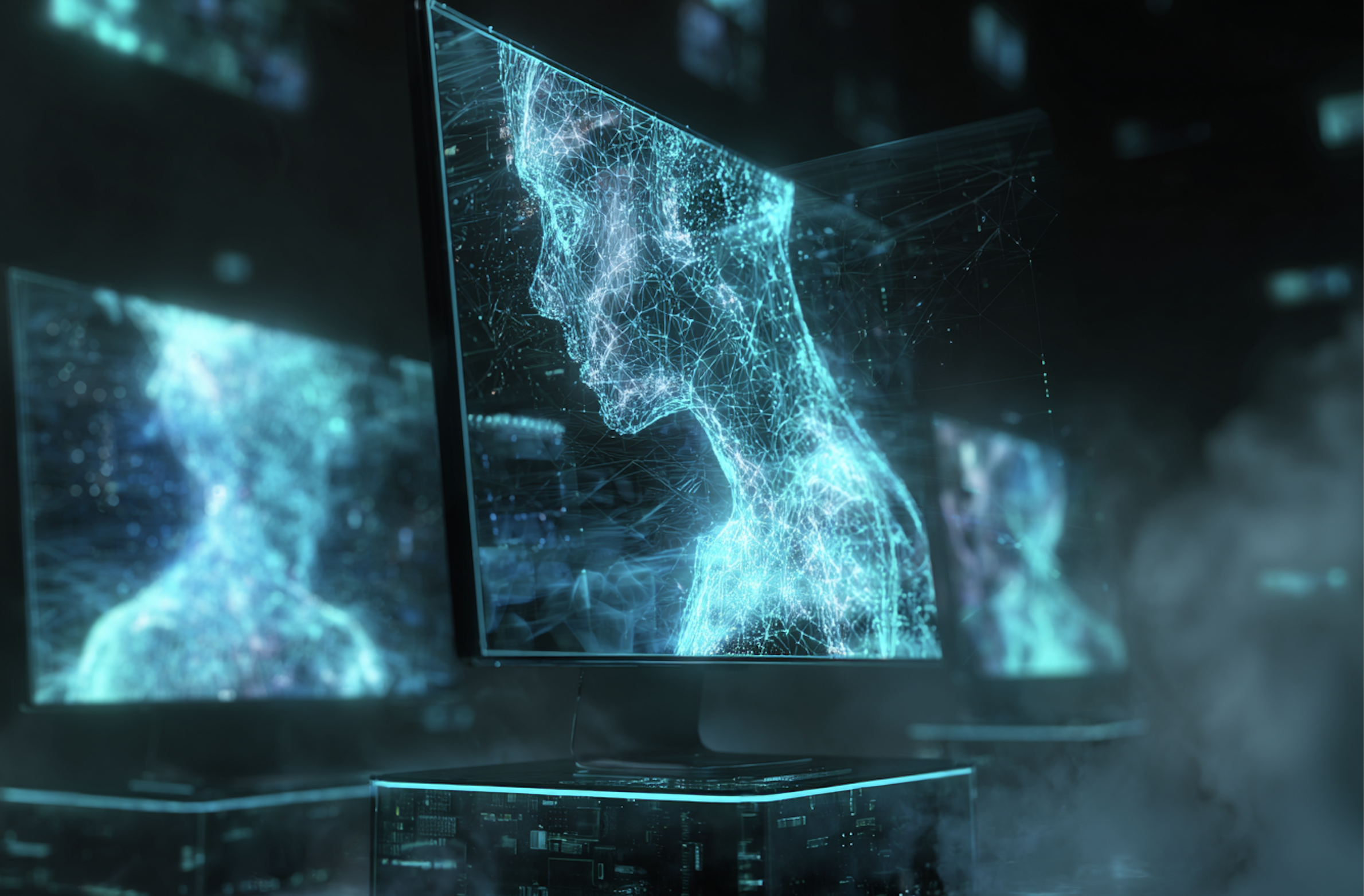
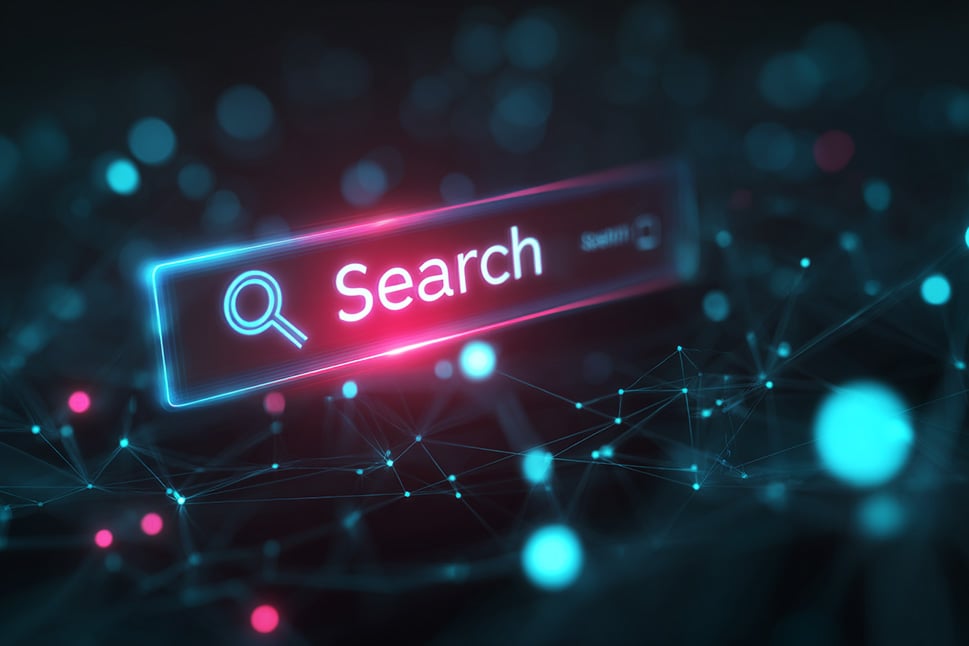

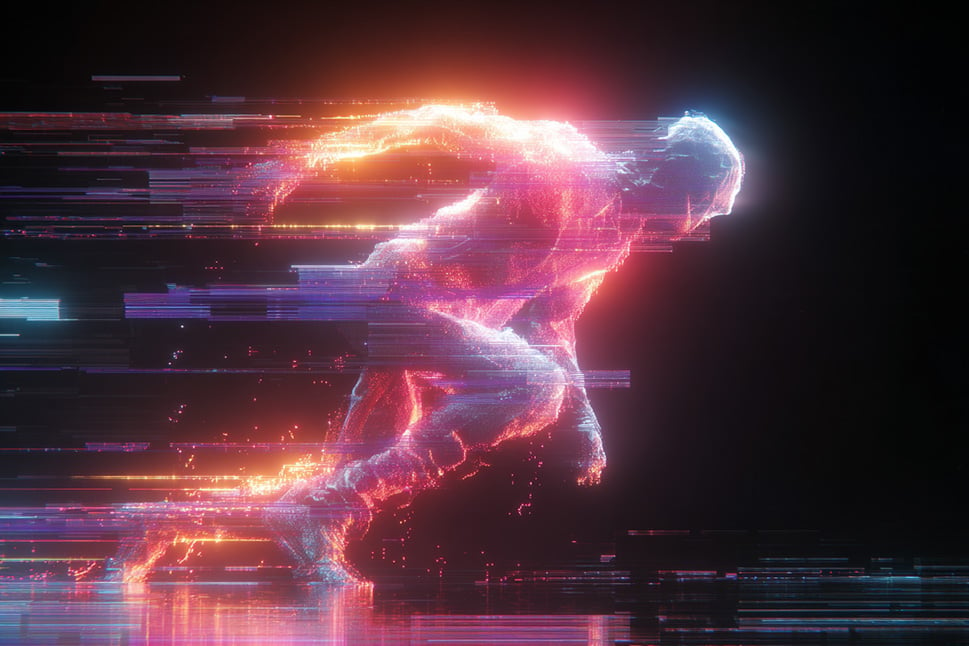


.jpg)
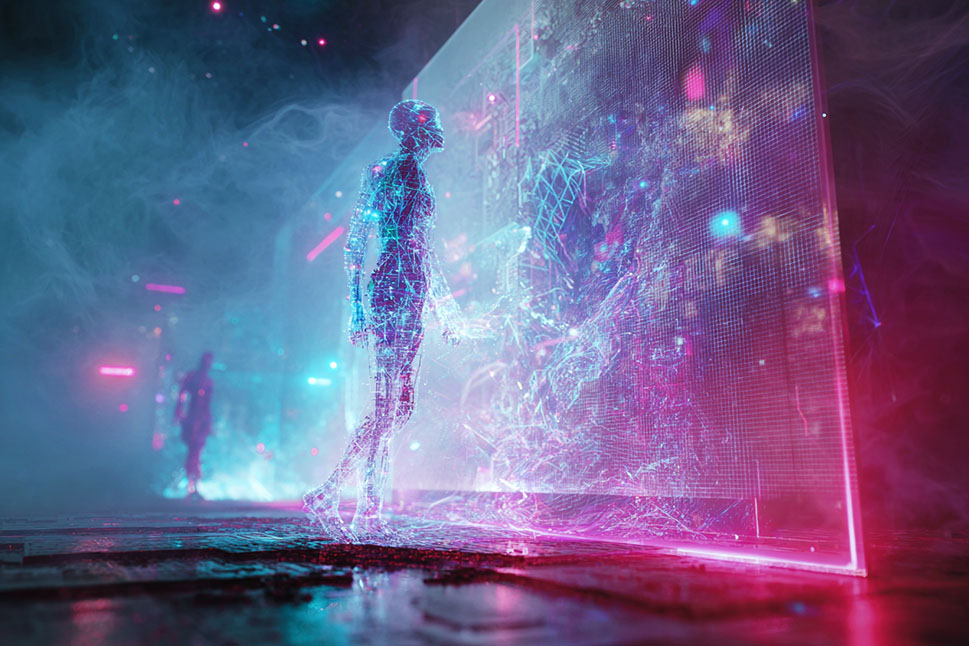
-1.jpg)

-1.jpg)
.jpg)



.jpg)



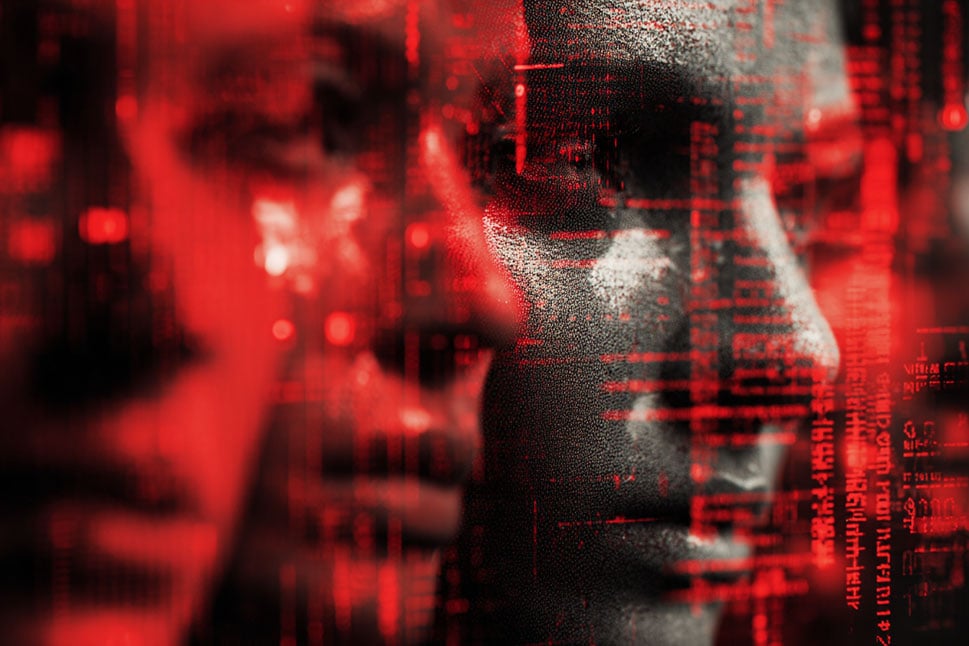









.jpg)






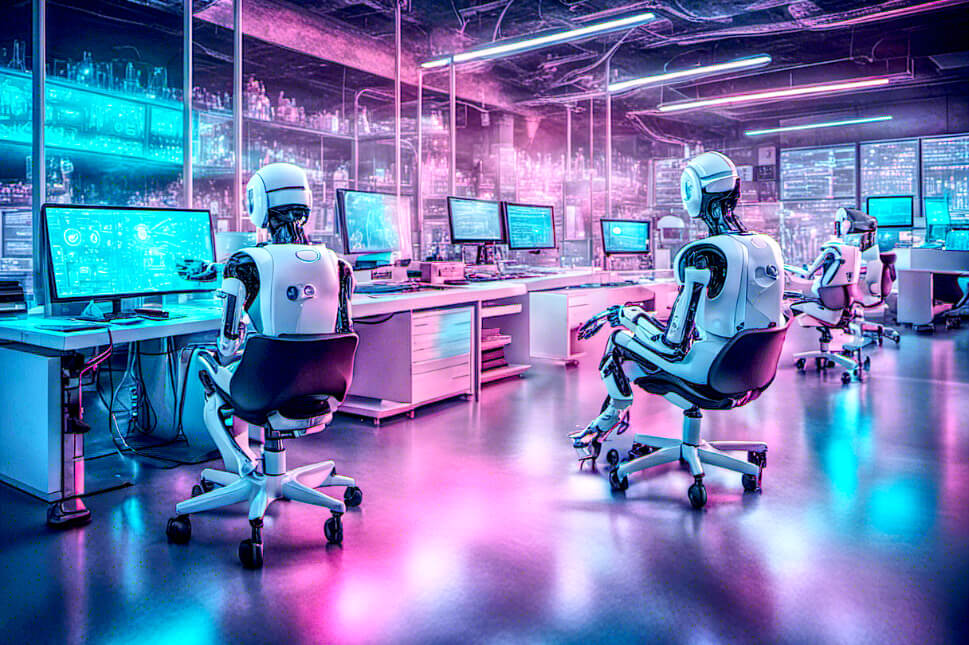
.jpg)



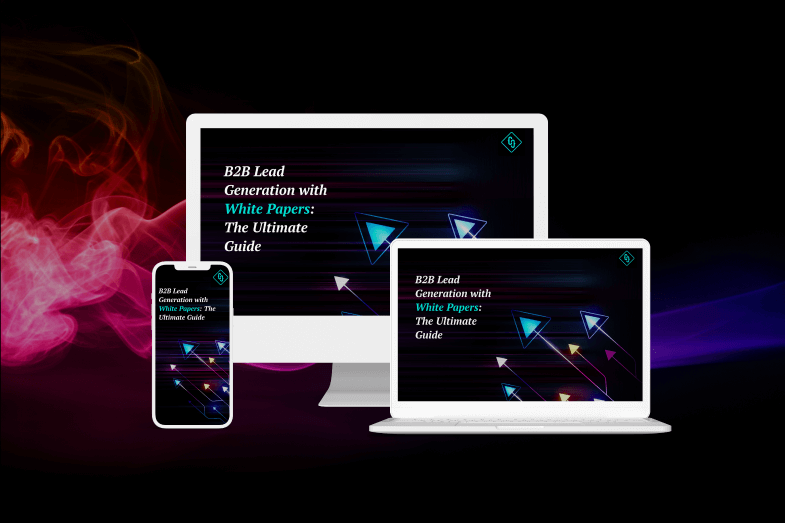





























.jpg)








